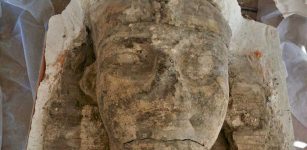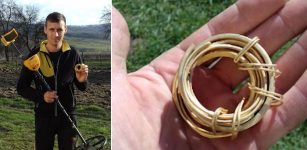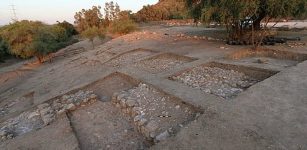Silver Treasure Hidden In Leather Purse Discovered In Bulgaria
MessageToEagle.com – A treasure consisting of silver adornments which was most probably buried in the fall of 1688 during the so called Chiprovtsi Uprising, the largest rebellion of Bulgarian Catholics against the Ottoman Empire, has been unearthed near the city of Montana (then known as Kutlovitsa) in Northwest Bulgaria.
Silver treasure includes a tiara, two adornments worn on the forehead, a pair of ear tabs, additional elements connecting the pieces, a pair of earrings, and two rings.
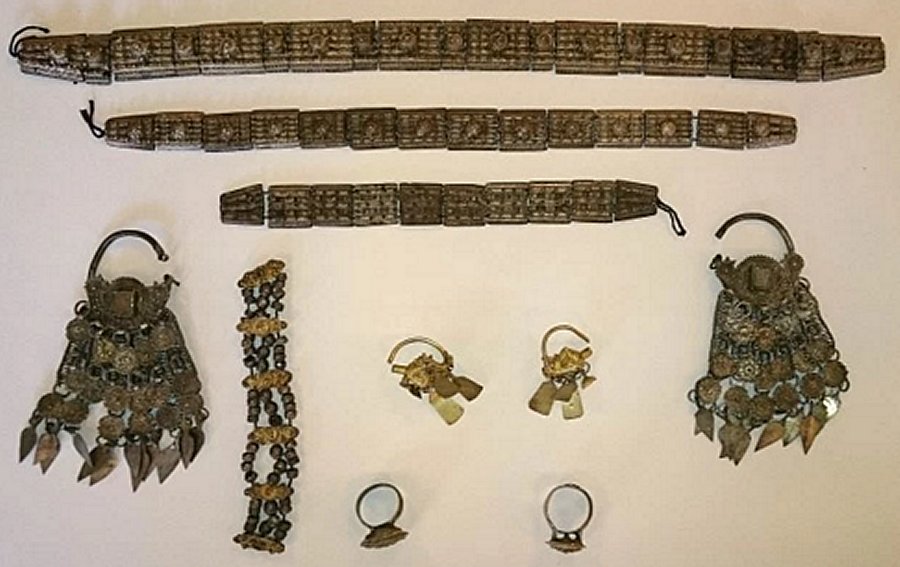
Before it was buried, the treasure was wrapped in a leather purse, of which decomposed parts have been found,reports Archaeology in Bulgaria.
The treasure dates back to the second half of the 17th century, and is very likely to have been hidden during the Chiprovtsi Uprising, organized by Roman Catholic Bulgarians, with the participation of Eastern Orthodox Bulgarians, seeking to liberate Bulgaria from the Ottoman Empire.
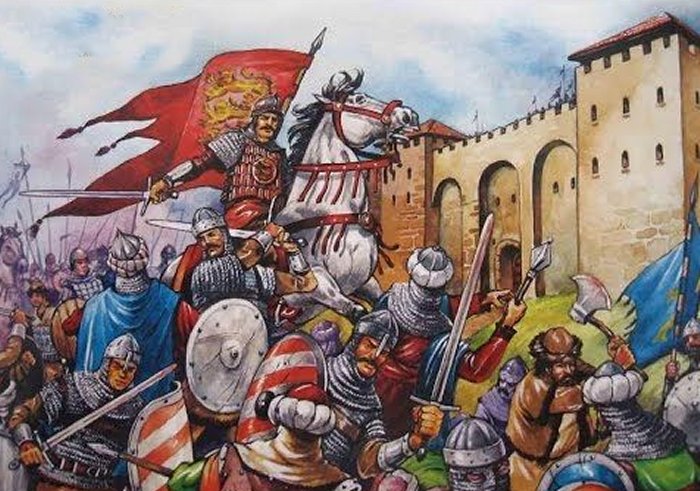
In 1396 AD, all of the Second Bulgarian Empire was conquered by the invading Ottoman Turks (even though some free territories in the west might have survived into the early 15th century), ushering into the period known in Bulgarian history as the Ottoman Yoke, which lasted until Bulgaria’s National Liberation in 1878 (1912 for some regions).
The decisive battle of the Chiprovtsi Uprising took place in October 1688 near today’s city of Montana, where the newly found silver treasure of female adornments has been discovered. It is believed it was buried while the local population was fleeing from the atrocities of the Ottoman forces.
“All of the items are made of silver. The treasure was probably a “family fortune”,” says the National Museum of History.
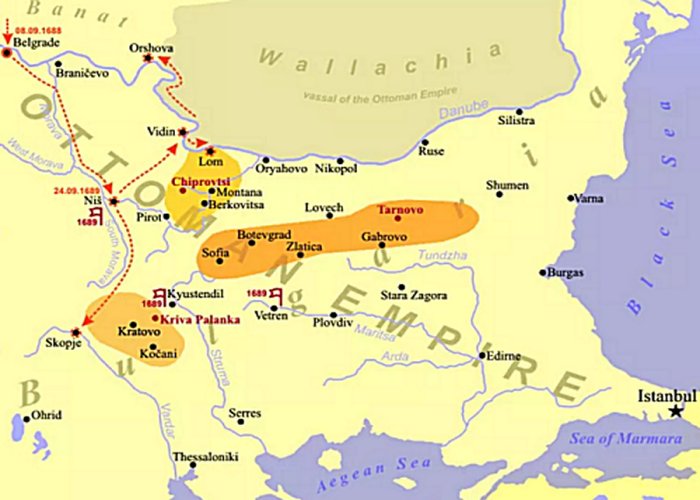
The silver items were most probably produced by some of the then numerous silver and gold smiths in the town of Chiprovtsi which were known across Eastern Europe. In their making, the unknown smith used complex metalwork techniques such as filigree and granulation, with traces of niello and glass-like cover painted in green.
The development of silver and gold smiths in the region of Chiprovtsi was based on the extraction of silver ore from deposits developed in the 16th and 17th century, according to the National Museum of History.
MessageToEagle.com
Expand for references


